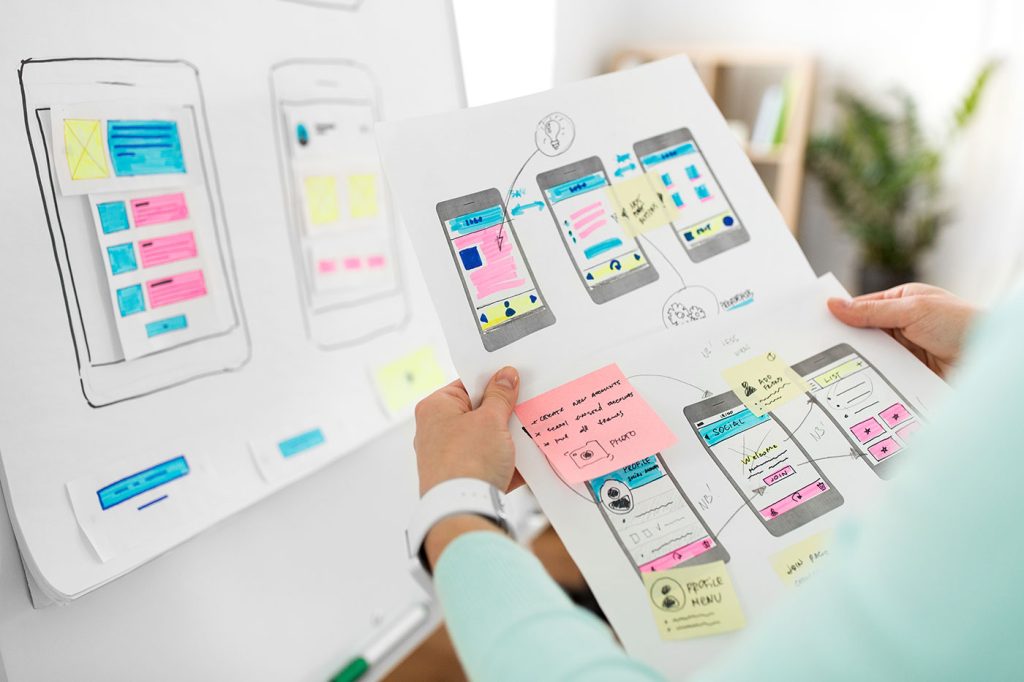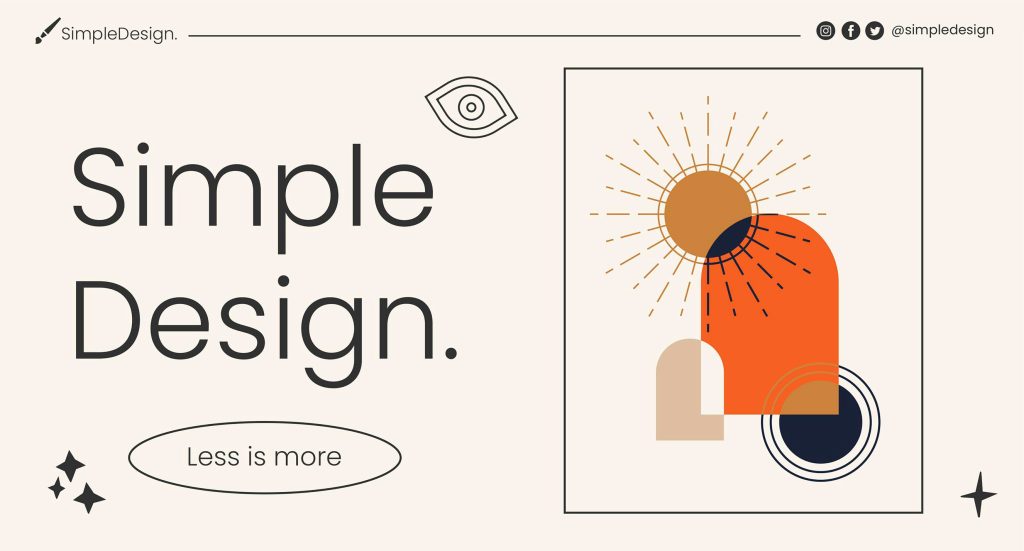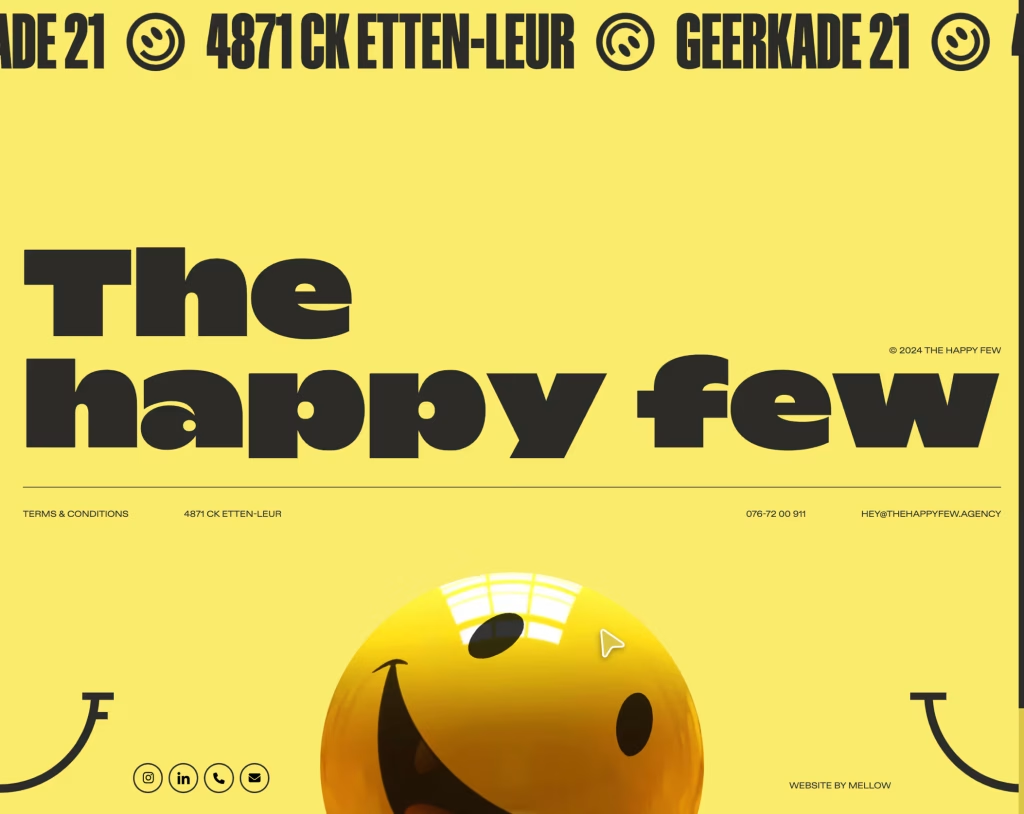The big news at this year’s Adobe MAX conference was the announcement of Project Comet, Adobe’s new UX design tool. With just a few months until we expect to see a public release of the groundbreaking app, we sat down with Andrew Shorten—a Director of Project Management at Adobe, and integral member of the Project Comet team—to ask him what we can expect.
What is Project Comet?
WebdesignerDepot: Project Comet was announced at this year’s MAX, was it scary for the team demoing a new application live, and did you expect the response you got?
Andrew Shorten: Yes unveiling a completely new project at MAX is a little daunting, but we were excited to finally be able to talk about it publicly. We were hoping for a good response based on the feedback that we’d received from designers during the early stages of design and development, but we have been overwhelmed by the level of interest in Project Comet from both UI and UX designers. We really appreciate that so many designers have signed up for more information on Project Comet on our site and look forward to providing updates on our progress over the coming weeks and months.
WDD: Comet is a UX design tool, but is it a desktop app, a mobile app, or a service?
AS: Project Comet is initially a desktop app for Mac OS, combined with a Creative Cloud service that enables prototypes to be shared easily. We’re going to be delivering Project Comet iteratively, adding companion mobile apps and also desktop support on Windows 10 in time.
WDD: So Comet is initially Mac-only; how long will Windows users have to wait to use it?
[pullquote]We absolutely intend to bring Project Comet to Windows 10…but aren’t committing to a date for release at this point.[/pullquote]
AS: We’re focused on delivering a great product on Mac OS right now. We absolutely intend to bring Project Comet to Windows 10 and have begun some of the work to make that happen, but aren’t committing to a date for release at this point.
WDD: Will Windows users be able to access the service, and review the prototypes their Mac-based colleagues produce with Comet?
AS: Yes, prototypes will be accessible via a URL and will work in modern browsers on a range of desktop and mobile devices.
WDD: When you started to build Comet, were you building a tool for UX designers, or a tool for UI designers who needed to incorporate UX?
AS: Both. When working with UX designers we saw significant friction in the design and prototyping workflow that negatively impacted their ability to iteratively learn and incorporate design changes. We also discovered a large number of UI designers that wanted to extend their scope to incorporate more aspects of UX design, but found the array of different tools and approaches overwhelming.
How does Comet help us design for UX?
WebdesignerDepot: There’s a lot of debate in the industry about what “UX” actually means, how does Adobe’s Comet team define it?
Andrew Shorten: We don’t want to be prescriptive in terms of how we define “UX”, but rather support designers who are focused on designing great user experiences for web, mobile and the ever increasing set of connected devices. As part of figuring out how we can help UX designers, we focused our attention on wireframing, visual design and prototyping, in relation to crafting and then refining the user experience based on stakeholder feedback and insights from testing prototypes with customers.
WDD: So designing Comet has been as much about pioneering UX workflows, as it has been building a UX app?
[pullquote]great tooling can play a part in broadening the adoption of UX principles[/pullquote]
AS: We certainly think that great tooling can play a part in broadening the adoption of UX principles.
WDD: Comet designs for websites and apps; does Adobe make a distinction between the two?
AS: We believe there are a foundational set of design, layout and prototyping features that are applicable to both websites and apps; that said, there are also differences which surface due to the varying capabilities, technologies and design best practices for web and mobile. Depending on whether you are designing for web or mobile, Project Comet will provide the right set of capabilities to help you design and prototype for that target platform.
WDD: What sets Comet apart from other prototyping apps that are currently available?
AS: The combination of visual design and prototyping in a single tool really sets Project Comet apart from anything else available; we’ve brought these together to address the pain points that exist when creating and iterating on prototypes. Being a part of Creative Cloud is also a big factor: you’ll be able to bring in design assets from other Adobe tools, incorporate UI elements and stock images and share prototypes through Creative Cloud without ever leaving Project Comet.
How does Comet integrate with Creative Cloud?
WebdesignerDepot: How closely does Comet integrate with Photoshop and Illustrator; will it have access to shared libraries, or embed assets as smart objects, for example?
Andrew Shorten: We want to make it easy to bring assets created in Photoshop and Illustrator into Project Comet using established workflows such as copy/paste as well as supporting the newer collaborative workflows enabled by Creative Cloud libraries. We also want to keep Project Comet really focused and so rather than replicate features from Photoshop and Illustrator, we’ll make it easy to take elements in Comet and edit them directly in the corresponding tool depending on whether it is bitmap or vector based.
WDD: Will Comet supplement the work we currently do in Photoshop and Illustrator, or might it replace them altogether for UI work?
AS: We expect that Project Comet will contain the majority of tools that a UX designer will need to undertake wireframing, visual design and prototyping for web and mobile apps. As Creative Cloud members, you’ll still have access to Photoshop and Illustrator, to use as part of the workflow if needed.
WDD: There’s been a lot of speculation that Comet is Adobe’s “response” to Sketch; does that view hold water?
AS: Rather than position Project Comet as a specific response to Sketch, I’d say it’s our response to the evolving needs of designers who are faced with increasing demands to create holistic experiences that span an ever increasing set of screens and devices. That has resulted in us focusing on a new tool that is built from the ground up to perform extremely fast, that contains innovative new features such as repeat grid that remove arduous steps and enable more time to spent on design exploration, and that brings together design and prototyping capabilities so as to reduce friction when iterating on designs.
WDD: Will Comet be included in Creative Cloud subscriptions, or will there be an additional cost?
[pullquote]Project Comet will be included in Creative Cloud subscriptions…During the public preview Project Comet will be available free[/pullquote]
AS: Yes, ultimately Project Comet will be included in Creative Cloud subscriptions for individuals, teams and enterprises. During the public preview Project Comet will be available free to anyone who has or signs up for an Adobe ID.
WDD: How long until we get to try the public preview for ourselves?
AS: We are working hard on the public preview release right now and want to make it available as soon as we can. We also want to make sure though that it has the right set of features so that it can be used on a real design project from the outset. We’re targeting “early 2016” for that first release, to keep up to date on our progress and be informed when we have the public preview available you can sign up at adobe.ly/comet.
What’s next for Project Comet?
WebdesignerDepot: The repeat grid feature of Comet was literally jaw-dropping when I first saw it; are there any plans to port it to other Adobe products?
Andrew Shorten: Our teams are constantly sharing new ideas and features with other product teams to see if there is an opportunity to expose a feature in a broader set of tools. We are actively discussing bringing the repeat grid feature to other Adobe products exactly how and when it shows up in other tools is to be determined though.
WDD: Comet will feature plugins to extend the app’s capabilities; in what language will those plugins be authored?
AS: We will be providing an extensibility model and API that supports the development of plugins written in JavaScript.
WDD: Will Adobe be hosting a store for Comet plugins? Will there be an extension manager like Brackets?
AS: We’ve learnt a lot from the extensibility model with Brackets and will draw upon our experiences there when designing the solution for Project Comet. We are still working on the specifics though, so don’t have more information to share at this point.
WDD: Photoshop celebrated its 25th birthday this year; do you hope Comet will have the same kind of longevity?
AS: We are at the start of our journey with Project Comet and certainly aspire to have the success and longevity that Photoshop has!
Thanks to Andrew for taking the time to answer our questions.






